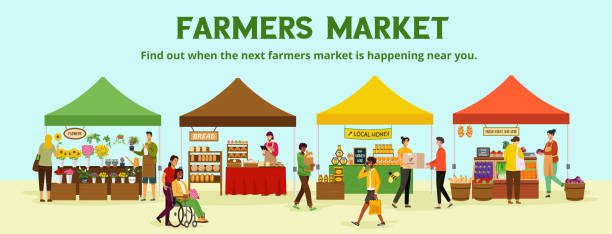Seasonal Shopping: Maximizing Freshness and Flavor Throughout the Year
Understanding seasonal availability is crucial for making the most of your farmers market experience. Spring markets typically feature early greens like arugula, spinach, and lettuce, along with asparagus, radishes, and fresh herbs. As the season progresses into summer, you'll find an abundance of tomatoes, corn, berries, stone fruits, and zucchini.
Fall brings hearty root vegetables, winter squashes, apples, and late-season greens, while winter markets often focus on stored crops, greenhouse-grown produce, and preserved goods like jams and pickles. Many successful farmers market shoppers plan their meals around what's in season, leading to more flavorful dishes and often significant cost savings compared to out-of-season supermarket alternatives.
Building relationships with vendors allows you to learn about upcoming harvests, reserve special items, and sometimes even get cooking tips directly from the growers. Many farmers are passionate about their crops and love sharing preparation suggestions and recipe ideas with customers who show genuine interest in their products.




